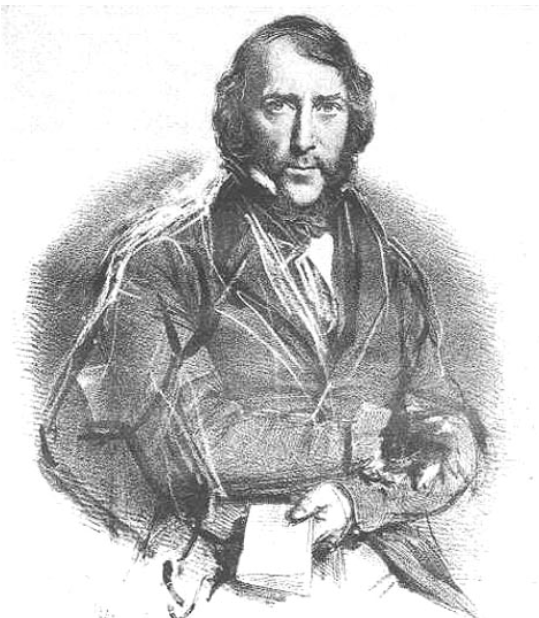
By Amanda Lyons
George Cruikshank had many collaborations with authors in the early to mid 1800s but his partnership with Charles Dickens was one of the more noteworthy. Their collaboration became widely known and produced two famously successful books, Sketches by Boz (1836) and Oliver Twist (1837). During this time book illustration was normally done by creating the illustrations first then the text. But Dickens seemed to put more emphasis on the writing than the illustrations.
George Cruikshank and Charles Dickens’ relationship was positive and fruitful for a long time until Dickens got a bee in his bonnet about George Cruikshank’s teetotaler attitude. Several heated debates contributed to the eventual downfall of their collaboration.
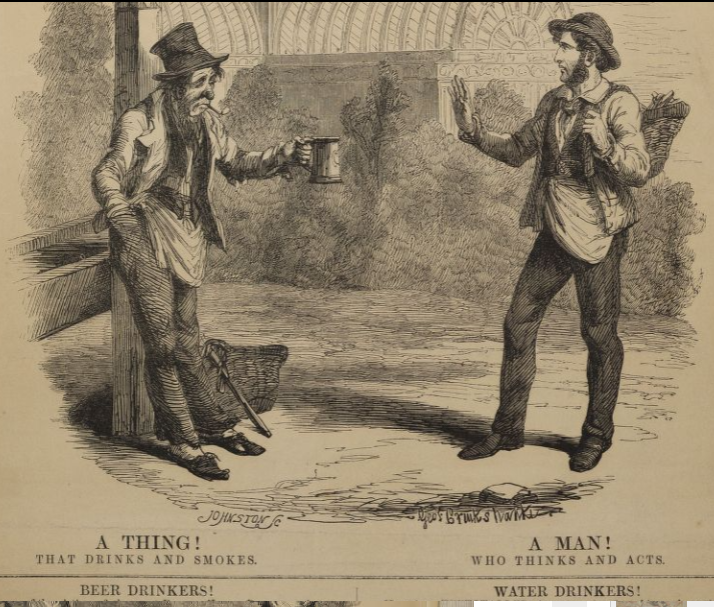
Dickens claimed that George Cruikshank changed plots in fairy tales to edit out objectionable content, such as drunkenness, in favor of a more innocent and pure tale for children (Cruikshank). But as Philip V. Allingham writes on his website The Victorian Web, “re-writing fairy tales as moral (particularly teetotalism) was nothing new in 1853” (Dickens). George Cruikshank never denied his alterations of certain fairy tales. In a letter he wrote entitled “To Parents, Guardians, and all persons Intrusted with the Care of Children,” George Cruikshank admits “surely any one may take the liberty of altering a common Fairy Tale to suit his purpose, and convey his opinions; and most assuredly so, if that purpose be a good one”. He also references how both Shakespeare and Sir Walter Scott engaged in the same altering activities.
But the nail in the coffin, so to speak, for Charles Dickens’ and George Cruikshank’s relationship was the infamous claim George Cruikshank put forth concerning Dickens’ book Oliver Twist. He claimed that he had not only originated the idea for Twist but supplied Dickens with several plot points. This claim is a tricky one to try to prove and we might never know the whole truth. Most of the information we have available is second hand through letters sent back and forth between George Cruikshank, his supporters, Dickens, and his biographer John Forster. The claim was argued back and forth several times from 1870-1872. Neither participant budged on their assertions and this eventually ended their notable collaboration. In The Artist and The Author George Cruikshank also states how he is responsible for more than author William Ainsworth gives him credit for. The author/artist relationship in the 1800’s seemed to be a commonly complicated one!
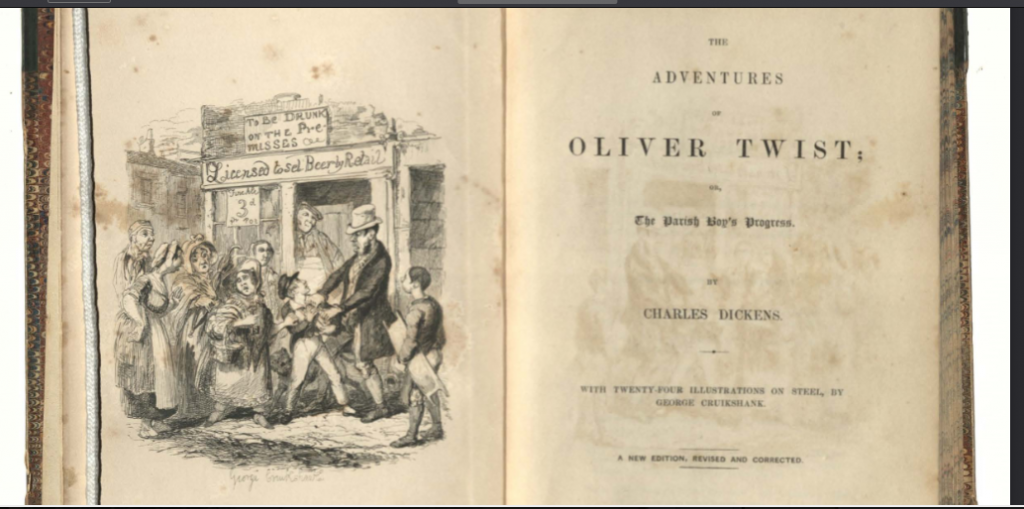
Charles Dickens apparently was not an easy man to work with. The collaboration between him and illustrator Robert Seymour was also fraught with disagreements. Coincidentally, he too was rejected in his claims that he originated one of Dickens books, The Pickwick Papers. Dickens had a habit of reversing the creative process. Instead of him writing around an illustration, he placed the importance on his story which confused the process. Seymour felt he contributed more than Dickens gave him credit for and after a long battle with mental illness and a breakdown in 1830, sadly, he shot himself. Famous illustrator Hablot Knight Browne, otherwise known as Phiz, enjoyed a twenty-three year collaboration and relationship with Dickens until he suddenly broke off their relationship (Flavorwire).
More recent author and illustrator collaborations were not only prosperous but positive and cemented lasting relationships. On the website Flavorwire it is explained that sometimes authors changed things in text after having seen a particular illustration owing to their true collaborative spirit no doubt. Some of the more popular 20th century author and illustrator collaborations include Roald Dahl and Quentin Blake, J.R.R. Tolkien and Pauline Baynes, A.A. Milne and E.H. Shepard, and Lewis Carroll and Sir John Tenniel.
As mentioned earlier, we may never know the truth about the origins of Oliver Twist but what we do know is that George Cruikshank delighted many with his lively, funny, and unique illustrations. Whether it was with his political caricatures, fairy tale illustrations, teetotaler placards, or book collaborations, he left an indelible mark on the artistic and literary world.
Make sure to visit our UMBC digital collection to learn more about George Cruikshank’s illustrations!

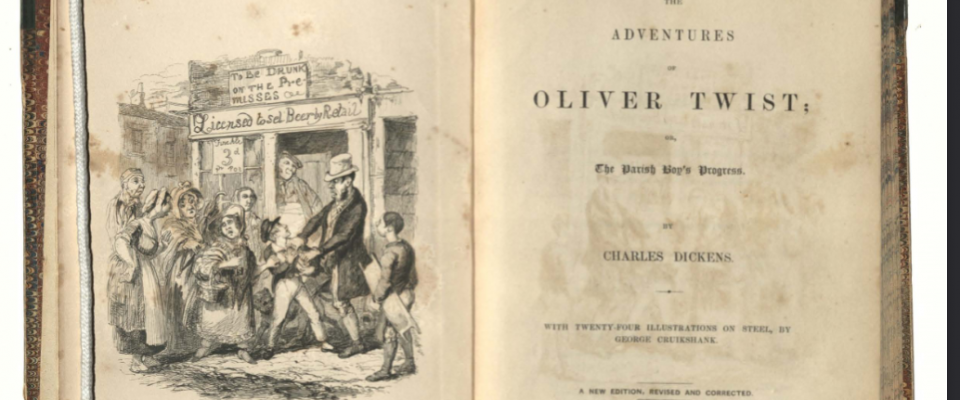
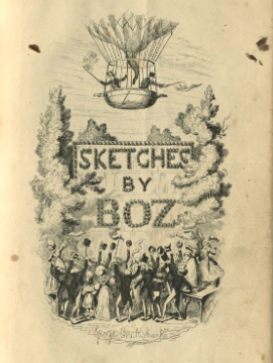
 Albin O. Kuhn Library & Gallery
Albin O. Kuhn Library & Gallery